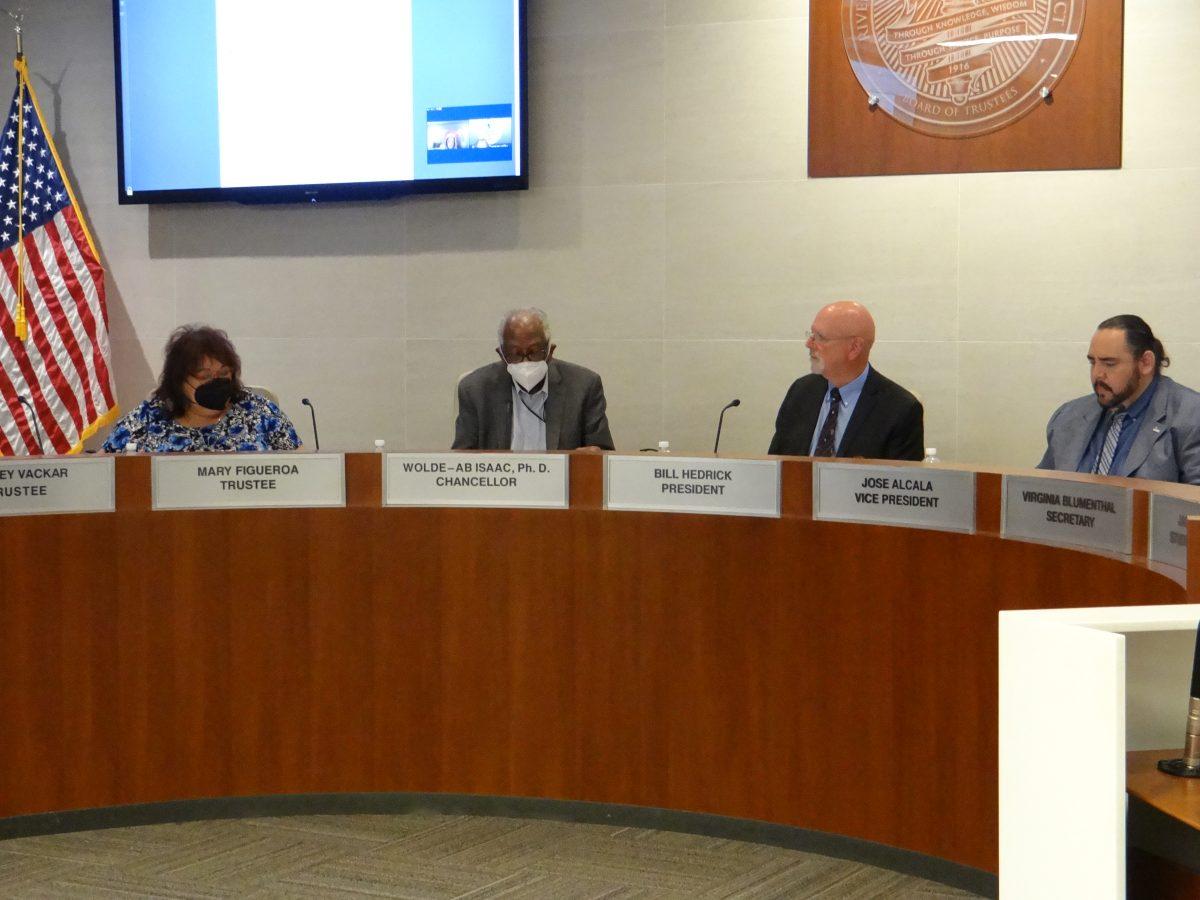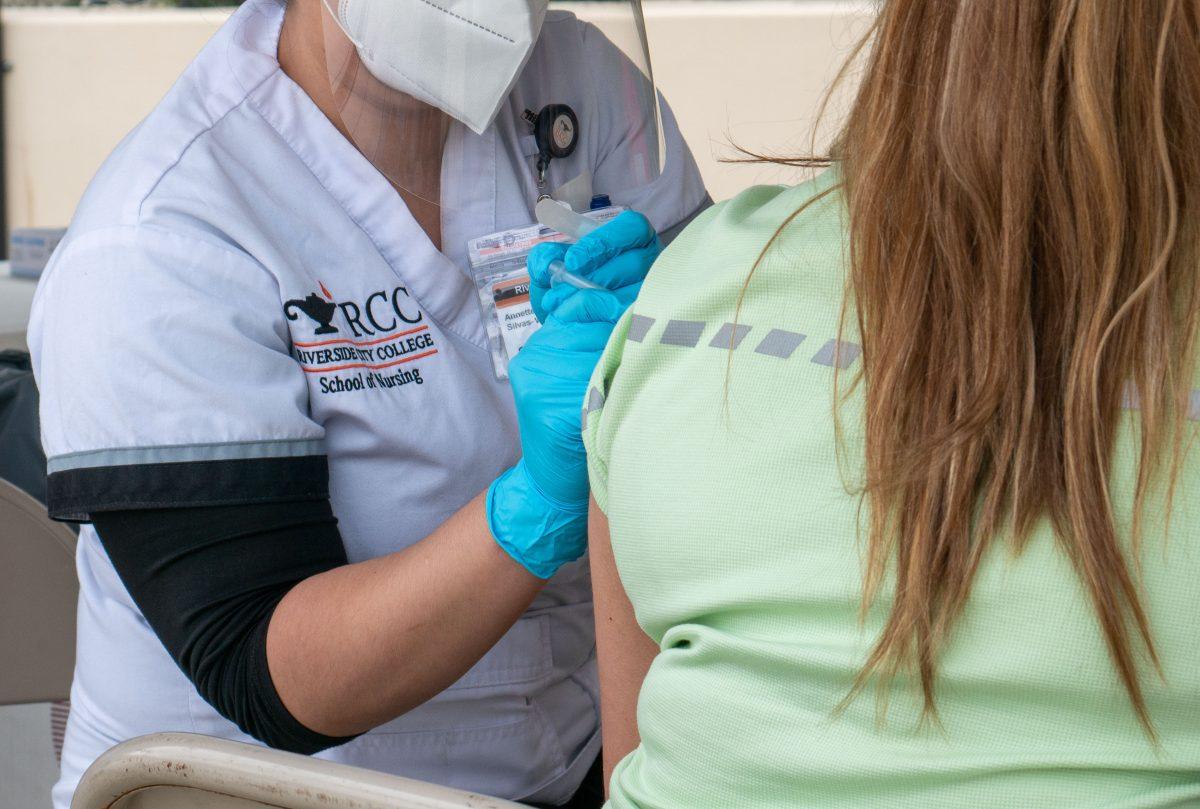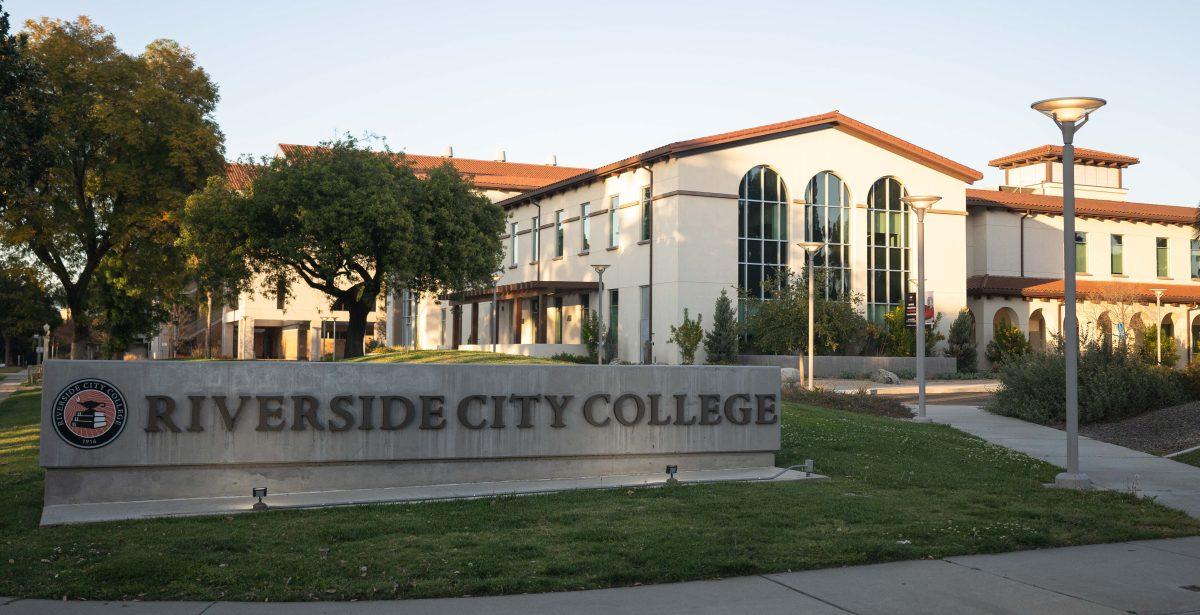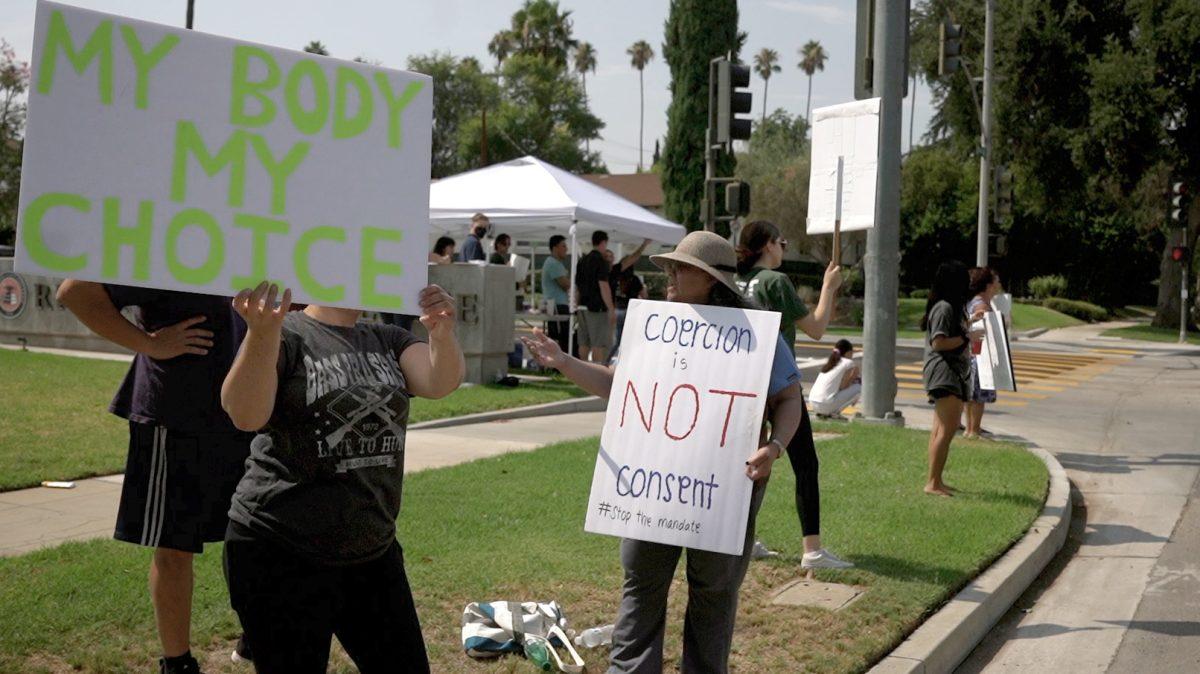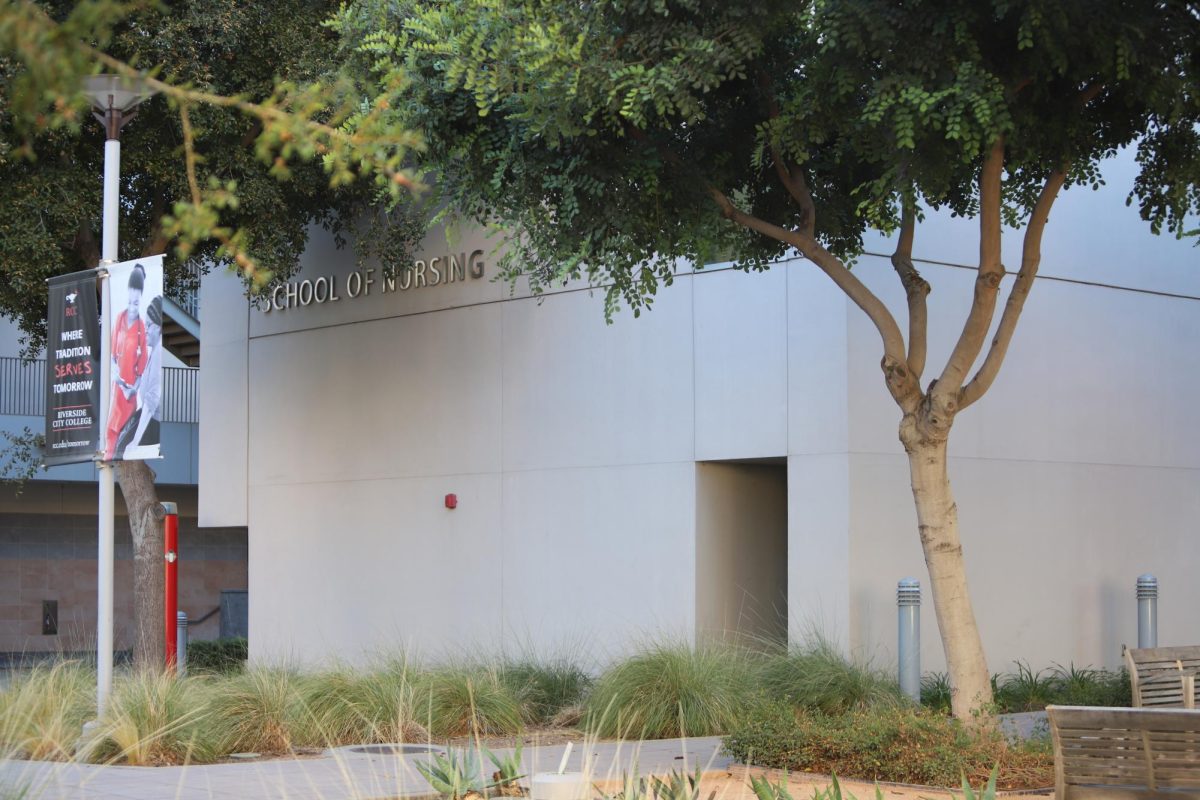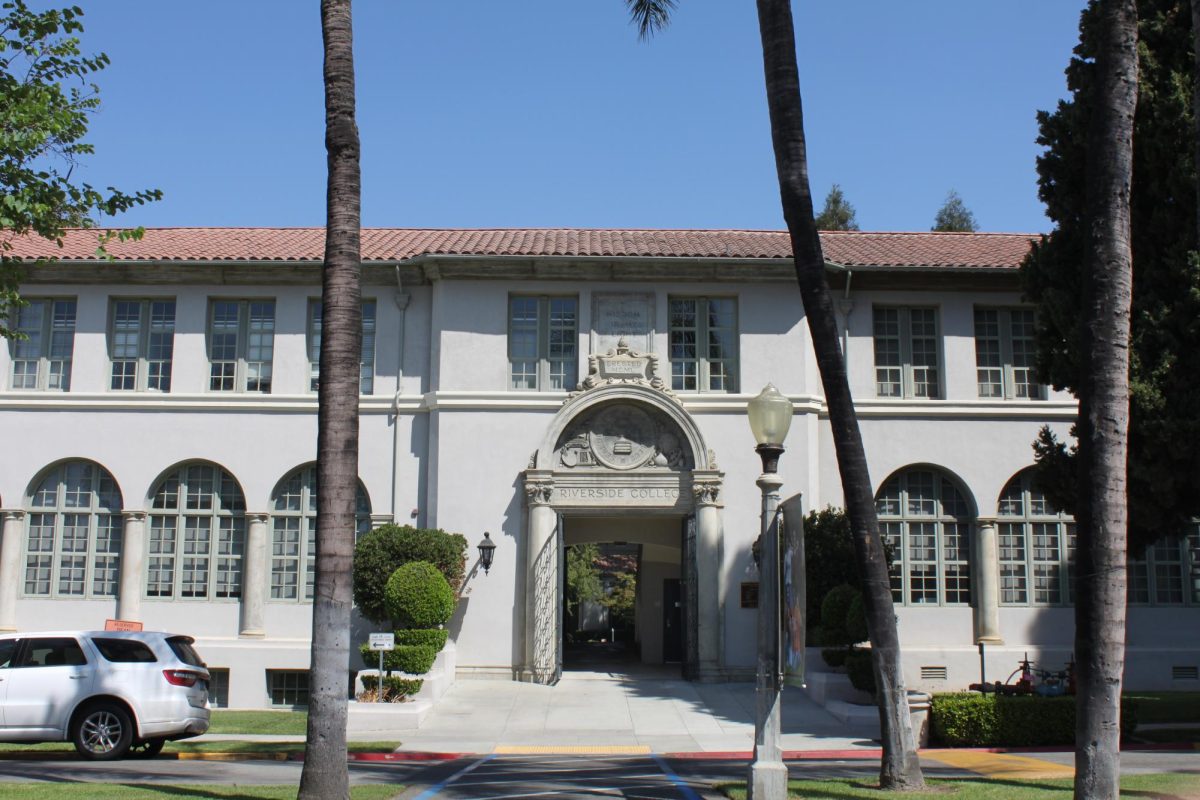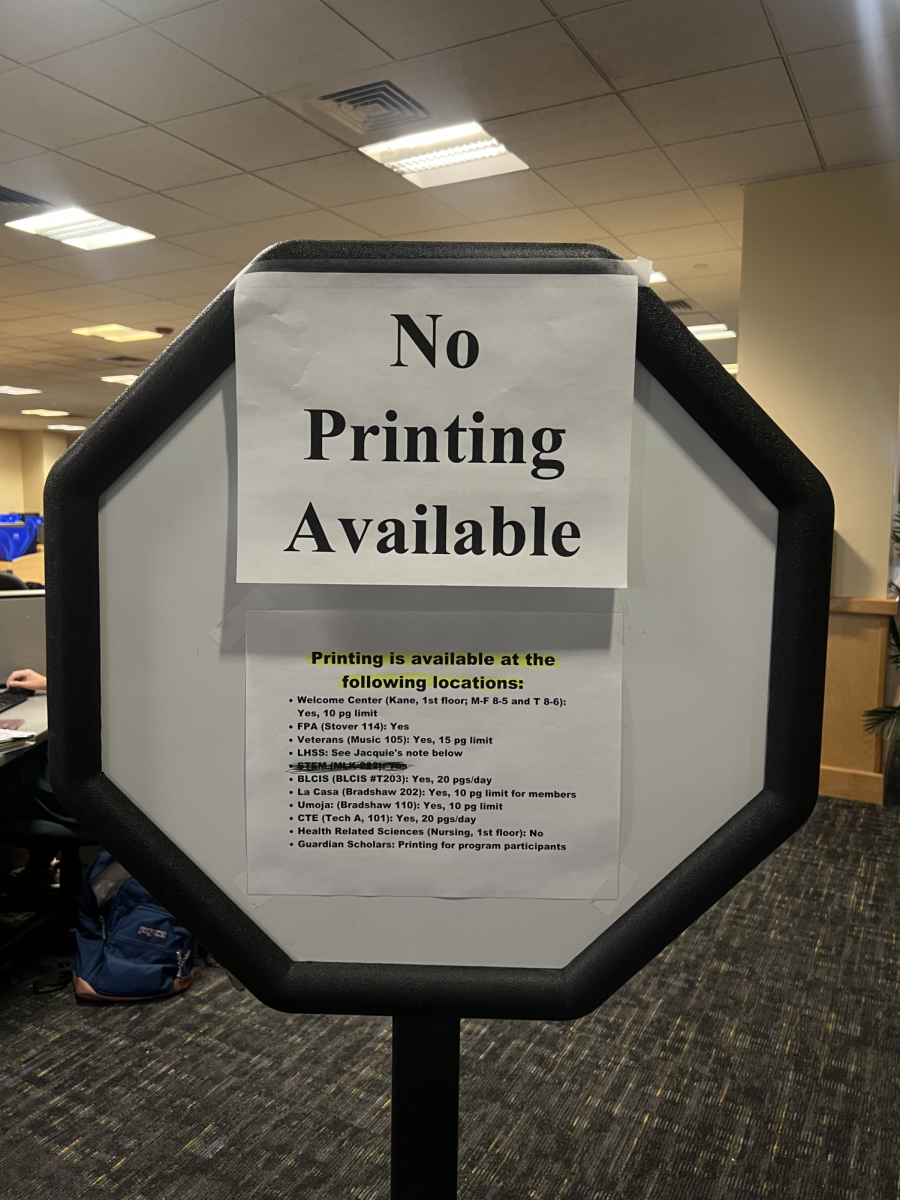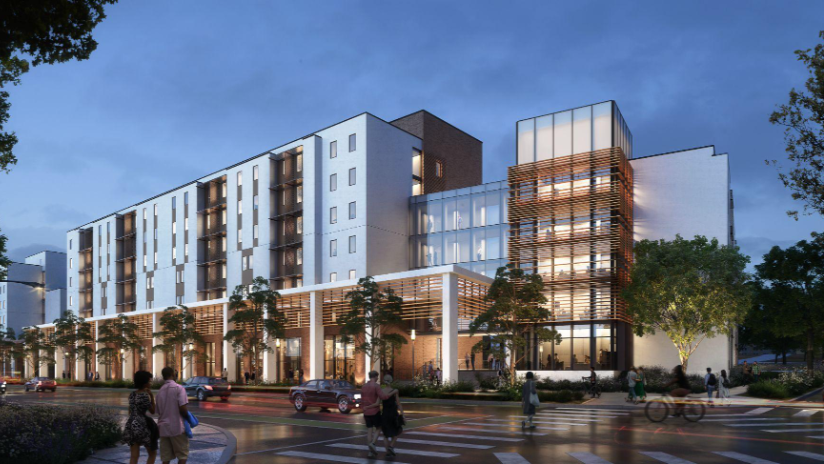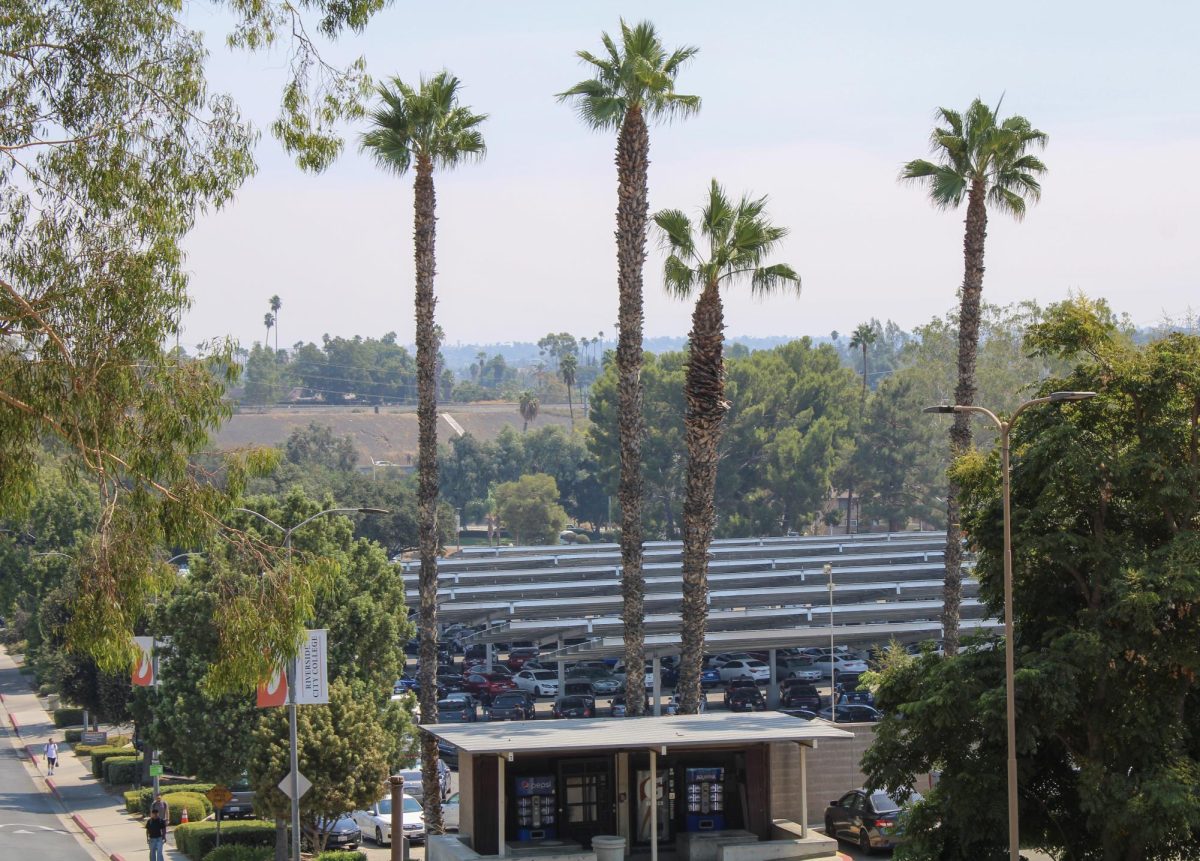
By Chloe Hunter
Enrollment at the Riverside Community College District has dropped 13% this semester.
It is the largest decrease in the district’s history.
Wolde-Ab Isaac, district chancellor, tasked a research group in the Educational Services and Strategic Planning Department with working on understanding the enrollment decrease. The district aims to identify which ethnicities are most affected and why students have not returned.
Results are expected sometime next week.
“We are organizing a much better marketing system to encourage that segment of our population to come back,” Isaac said.
Jeannie Kim, Educational Services and Strategic Planning interim vice chancellor, did not respond after multiple requests for comment.
The chancellor said the team is working hard to better understand the situation so the district can develop a plan to support students who have not re-enrolled. Isaac also indicated that there are still CARES Act funds available to help students with school finances and that there may be residual funds at the end of the year because so few students have applied for aid. He encouraged students to apply.
“We are really interested to find out who is affected and why might they be affected and how can we alleviate that burden from them,” Isaac said.
The California Community Chancellor’s Office reported Sept. 24 that statewide Community College enrollment has dropped by up to 7% this semester.
Isaac identified the closure of certain departments, including athletics and fine arts, as a possible reason for the enrollment decrease within the district. He said COVID-19 magnifies existing social inequalities that disproportionately affect people of color and suspects this is reflected in the demographics associated with the decrease.
The district does not expect a further decrease in enrollment and aims to exceed the target goal for mid-fall and spring enrollment. Full credit accelerated eight-week courses will be offered in October for students who missed fall enrollment.
“There will be a number of courses offered,” Isaac said. “We are trying to get as many people to take part in them.”
Twenty-six labs are operating district-wide and almost 2,400 Career and Technical Education students are taking face-to-face courses to qualify for credentials and licensing. Isaac said he hopes this information will encourage more people to enroll.
“As soon as they finish these courses, all of these students are going to get jobs,” Isaac said. “And they are high paying jobs.”
Isaac said the decrease has not impacted the district’s budget, but that its mission, which caters to social justice principles designed to provide students with economic and social mobility, has been affected.
The chancellor argued that education is the best remedy to the current amplifications of racism and wealth inequality. He also encouraged solidarity and reminded us that these times will pass in favor of a brighter future.
“We have to be able and our people (have) to be properly educated so they can have opportunities for the good jobs, for transfer, for a good career that will take them out of poverty and into prosperity,” Isaac said.


